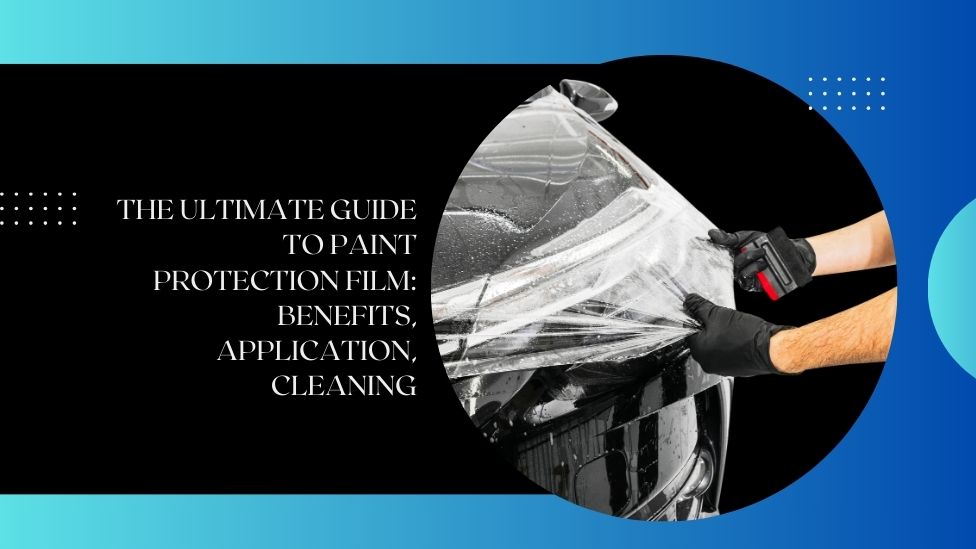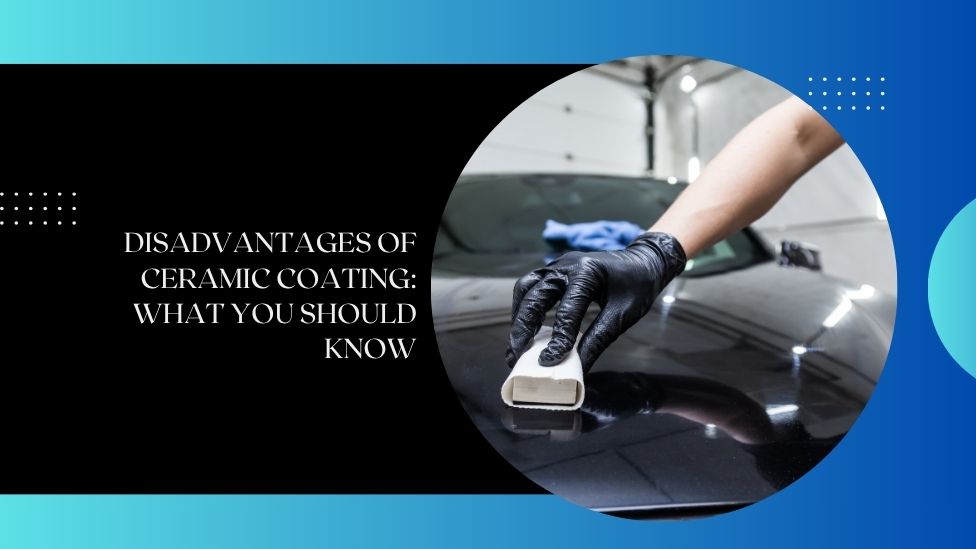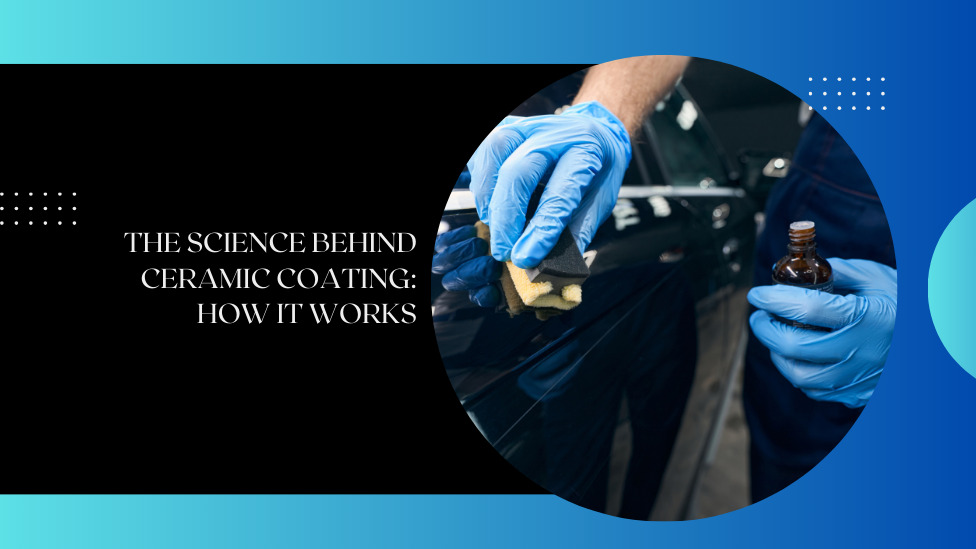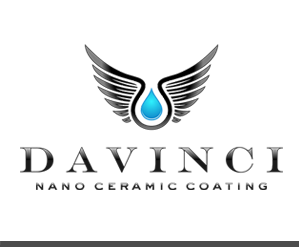Paint Protection Film (PPF) has become a go-to solution for car owners who want to keep their vehicle looking showroom-fresh. Whether you’re driving a luxury car, sports model, or daily driver, this invisible shield protects your investment from rock chips, scratches, and UV damage. In this guide, we’ll explore everything from how to apply paint protection film to how to clean paint protection film, and even how much for paint protection film you can expect to pay.
What Is Paint Protection Film (PPF)?
Paint Protection Film, often referred to as a “clear bra,” is a thermoplastic urethane film applied to a car’s exterior to protect the paint from:
- Scratches and abrasions
- Rock chips and road debris
- Bug splatters and bird droppings
- UV rays and oxidation
- Minor dings and environmental contaminants
Originally developed for military use, PPF has evolved with self-healing technology and enhanced clarity, making it nearly invisible while offering robust protection.
Benefits of Paint Protection Film
Installing PPF on your vehicle is more than a cosmetic upgrade — it’s a long-term investment in your car’s value.
1. Preserves Factory Paint
The biggest advantage of PPF is that it shields your car’s original paint from everyday damage, keeping it pristine and maintaining resale value.
2. Self-Healing Properties
Modern PPF can heal minor scratches and swirl marks on its own when exposed to heat or sunlight.
3. Hydrophobic Surface
Some PPF brands include a top layer that repels water, dirt, and grime, making maintenance easier.
4. Invisible Protection
With advancements in film clarity and precision cutting, PPF is virtually undetectable.
How to Apply Paint Protection Film: DIY or Professional?
How to apply paint protection film depends on your experience, tools, and budget. You can go the DIY route or hire professionals. Here’s a breakdown of each option.
DIY Application (Challenging for Beginners)
Steps for DIY Installation:
- Clean the surface thoroughly – Use a clay bar and isopropyl alcohol for a spotless finish.
- Measure and cut the film – Some kits come pre-cut, but custom trimming may be necessary.
- Apply slip solution – Spray a mix of water and baby shampoo on the car and the adhesive side of the film.
- Place the film on the panel – Position it carefully before it starts to adhere.
- Use a squeegee – Push out the air bubbles and water, starting from the center outwards.
- Post-application inspection – Let it cure for 24-48 hours and inspect for bubbles or lifting edges.
💡 Tip: Install in a dust-free, temperature-controlled environment for best results.
Professional Installation (Recommended)
- Certified installers use software-cut kits and advanced techniques to ensure perfect application.
- They may also offer warranties for peeling, yellowing, or bubbling.
👉 Bottom Line: Unless you’re experienced, professional installation ensures a flawless finish and long-term performance.
How to Clean Paint Protection Film
Proper maintenance is key to keeping your PPF clear and damage-free. Wondering how to clean paint protection film? Here are the steps:
Cleaning Do’s:
- Hand wash only for the first 7 days after installation.
- Use pH-neutral car shampoo and a microfiber wash mitt.
- Rinse thoroughly with clean water to avoid soap stains.
- Dry with a soft microfiber towel to avoid water spots.
Cleaning Don’ts:
- Avoid automated car washes with spinning brushes.
- Don’t use abrasive pads, waxes with dyes, or harsh chemicals.
- Never use high-pressure water directly on the edges of the film.
Pro Tip:
Apply a ceramic coating over your PPF for enhanced gloss and easier cleaning.
How Much for Paint Protection Film?
One of the most common questions car owners ask is how much for paint protection film? The cost varies depending on the type of coverage, film brand, and installer reputation.
Factors That Affect PPF Cost:
- Vehicle size and shape – Larger or uniquely shaped cars may need more film and labor.
- Film brand – Premium films like Stek, XPEL, 3M, and SunTek can cost more but offer superior protection.
- Warranty – Films with longer warranties typically cost more upfront.
- Installer skill – Top-rated professionals may charge more for precision work.
💡 Tip: Always request a detailed estimate and ask about the warranty.
Paint Protection Film vs. Ceramic Coating: Which One Should You Choose?
While both PPF and ceramic coating protect your car, they serve different purposes.
| Feature | Paint Protection Film | Ceramic Coating |
| Scratch resistance | ✅ Excellent | ❌ Minimal |
| Rock chip protection | ✅ Yes | ❌ No |
| UV protection | ✅ Yes | ✅ Yes |
| Hydrophobic effect | ✅ (with top coat) | ✅ Yes |
| Cost | 💰 Higher | 💰 Moderate |
Best Combo: For ultimate protection, apply PPF to high-impact areas and ceramic coating on the rest.
How Long Does Paint Protection Film Last?
With proper care, high-quality PPF can last 5 to 10 years. Most premium films come with warranties ranging from 5 to 12 years depending on the brand.
Signs It’s Time to Replace:
- Yellowing or discoloration
- Peeling edges
- Bubbling or cracking
Is Paint Protection Film Worth It?
Absolutely! If you want to preserve your car’s appearance and maintain its resale value, PPF is a smart investment. It’s especially beneficial if you:
- Own a luxury or high-end vehicle
- Frequently drive on highways or gravel roads
- Want long-term savings on paint correction and touch-ups
Final Thoughts
Paint Protection Film is the ultimate armor for your vehicle’s exterior. From learning how to apply paint protection film to understanding how to clean paint protection film, this guide provides everything you need to make an informed decision. And if you’re asking how much for paint protection film, remember — while the upfront cost can be high, the long-term benefits are worth every dollar.





